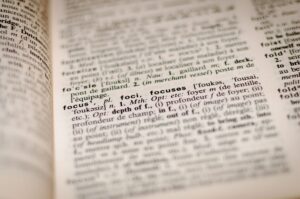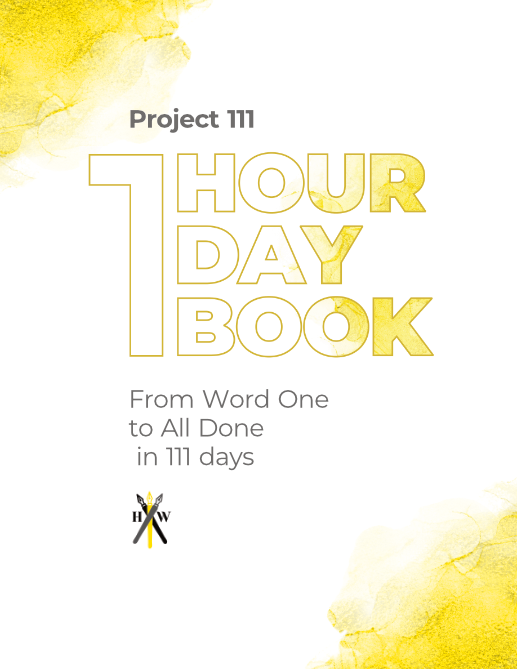If you’ve ever used the words “plot” and “story” interchangeably then good news! You’re probably just a human being who has been alive and engaged with stories. I’m sure if you ask the average person if they could tell you the difference between plot and story, they would probably just say, “Eh, not sure, and also, I don’t really care.”
But you’re not the average person, are you? You’re a writer, and that means that you do for fun what many people would find torturous: writing.
So why should you care about plot vs story? For one, understanding how a narrative is structured will help you when you begin to form your plot structure. For another, you can begin to correct when your friends say something like, “The plot was about loss and how a panda bear learns to handle grief”, after you ask them about a movie they saw that you want to see.
You want to be that person, right?
Obviously, the first reason is more important, but there are so many doors that open up to you when you understand the key differences between story and plot. We’ll go over those differences and the places you can go once you’ve learned them.
Table of Contents
Plot vs Story: Obligatory Definitions

A helpful way to view plot and story comes through the analogy of the body and soul.
Now, as a human person, you have a body. I think that’s indisputable, but what philosophers (and scientists) for ages have queried is whether we are more than the sum of our parts.
That question brings up the idea of the soul.
Can we think just because of our brains? Are we really just electrical pulses through meat?
Many people would argue that the part of us that thinks, feels, worries, and wonders is not just because of the body we inhabit, but that some part of us exists in and throughout our bodies but not because of our bodies.
In the narrative sense, the plot is like the body and the story is like the soul.
A plot with no meaning is like a body with no soul: there’s no life in it.
Simply put, the plot is what happens in a story. You can map out these plot points with simple charts or diagrams and with words like rising action, climax, and resolution.
Just like your soul needs a platform to exist, the story needs plot points to structure it.
The plot is like the bones and blood vessels, and the story is like the lifeblood and soul.
For example, let’s look at one of our favorite books: Mistborn.
When describing the plot, you may say something like, “A man recruits an orphaned girl to help him disrupt the ruling class and remove a god-tyrant.”
That pretty well describes what happens in the book. Obviously, it doesn’t encapsulate everything because many more characters have important roles, and it doesn’t describe in any detail the subplots and how they do so. But for a premise, I’d say it does what it needs to.
That, however, doesn’t describe the story.
The description of the plot just now offers the structure. It gives us the bones and vessels of the story, but it fails to name characters, their wants, their needs, and why we should care about them. It fails to reveal any of the larger and smaller themes the book displays and makes you think about.
The story is about a broken man who longs for revenge and the liberation of an abused class. Kelsier, the man, seeks the help of a promising individual who has long been trodden down by society. She, Vin, has her own history of being abused and wants desperately to feel safe and secure. Kelsier teaches her how to excel in magic, and the two build a team to overcome the Lord Ruler, the country’s evil and immortal despot.
In addition to exploring themes of revolution and slavery, Mistborn analyzes trauma and ways to surmount generational, emotional, and physical trauma. The story is about a lot of things, but it boils down to learning to smile in the face of oppressive weight.
The story is what the narrative is about, what it means. The plot is how we get there.
How Plot Helps Story

One of the best ways to improve your novels is to have more than one storyline and let plot development weave the narratives into an engaging experience for your readers.
Try to think of your overall story as a piece of rope. You can’t make a solid rope with just one thread. You need plenty of interwoven string to make a cord.
Now, with your novel, you might just want to include a main story and a substory for starters.
Doing so will allow you to go from having a good plot to a great plot.
The way you plot the novel should allow these stories to unfold. One of the best ways to combine story and plot comes when you have your Story A appear to be the main plot, but then Story B ends up being the main story.
The way to achieve this effect is through careful plotting and organic character growth.
One of the best ways to set up your plot is through your main character’s motivations.
You can have the motivations of the character play into the A and B stories. The reader could start off knowing something smaller that the character wants, and then after struggling to achieve it, the narrative could open up to the main character. They notice that what they wanted might have caused a bigger conflict to arise, or it could lead them to understand that their known world is not as it seems.
Whatever the the story may be, plot points will help your story progress. To have them progress naturally, one of the best things you can do is have your characters react to the events in a natural way and advance the story organically.

Our 84-page book planner and 111 day writing course.
Conclusion

Plot and Story are not as interchangeable as people may think, but they are nowhere near opposites.
The plot builds the story. It’s what happens and who it happens to, but it’s not the story. The story, on the other hand, is the emotional journey that the characters go on. It’s the “why” of the narrative.
A story needs a plot which is like the building blocks. It needs a beginning, middle, and end. The plot provides these aspects and the story fills it with characters, setting, conflict, resolution, and more.
Plotting a story can look like any number of things, but weaving the story and the plot together can produce excellent narratives. You want to make sure that the plot feels organic to the story you’re writing. One of the best ways to make sure it feels organic is to have your characters’ motivations be clear and easy to follow.
When you do this, you can have the plot subvert expectations and pull off some wild twists.
When you’re writing, knowing the difference between these two important words will help you with every stage of the process. When you’re imagining a story, you’re not necessarily thinking of a plot (though some people are plot first kinds of thinkers). If you’re like me, you get feelings, characters, and interactions.
These are the start of a story.
Once you kind of know the characters, setting, and problem, you can build out the story by having a plot, and then you’re on the road to success! If you need help staying motivated, try this article.
For more helpful writing tips, keep up with our Habit Writing blog. Until next time!
gavinwride
Gavin is a fantasy author, short story enthusiast, and nature lover. When he’s not reading, writing, or exploring the outdoors, he is likely playing games. His board game collection is probably too big for someone living in a small apartment, and he has enough yet-to-be-played video games to fill a lifetime. His favorite book is "The Name of the Wind". His favorite author is Edward Abbey. His favorite game is "Dark Souls III", and he’d be more than happy to spend the day talking about lore, bosses, and game mechanics.
Our 84-page book planner and 111 day writing course.
